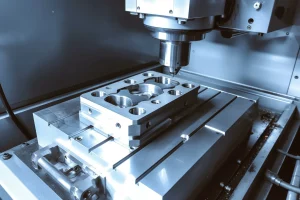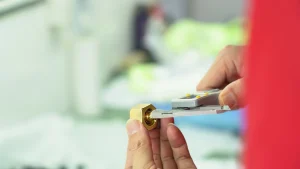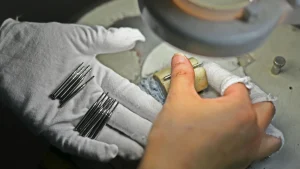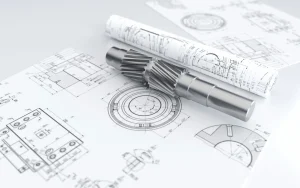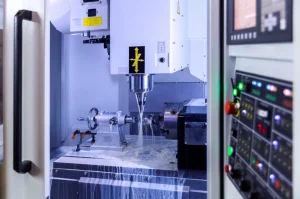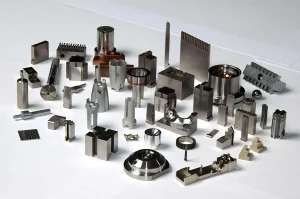Today I will explain to you why you need to provide both 2D and 3D drawings when doing CNC processing.

First, let’s talk about 2D drawings. A 2D drawing is a flat design, like a rough sketch of a product, showing its dimensions, shape, and various features. At our CNC machining shop, when we receive a new order, the first thing we review is the 2D drawing. Why? Because the 2D drawing tells us the specific dimensions and requirements for each part, allowing us to understand how to process it.
Next, let’s talk about 3D drawings. 3D drawings are more three-dimensional and realistic, showing every angle and detail of the product. In CNC machining, 3D drawings provide a clearer view of the product’s overall structure and design. With 3D drawings, we can identify potential problems ahead of time and ensure a smooth machining process.
So why do we need both 2D and 3D drawings? It’s simple. 2D drawings provide us with specific dimensions and requirements, acting as our “compass” for machining; 3D drawings, on the other hand, serve as our “map,” helping us better understand the product’s appearance and details and avoid errors.
In summary, both 2D and 3D drawings play a crucial role in CNC machining. They not only provide us with the necessary processing information, but also ensure the accuracy and quality of the product. I hope that through this article, everyone can better understand why the dual requirements of 2D and 3D drawings are necessary in CNC machining quotes. If you have any questions, please feel free to contact us!

